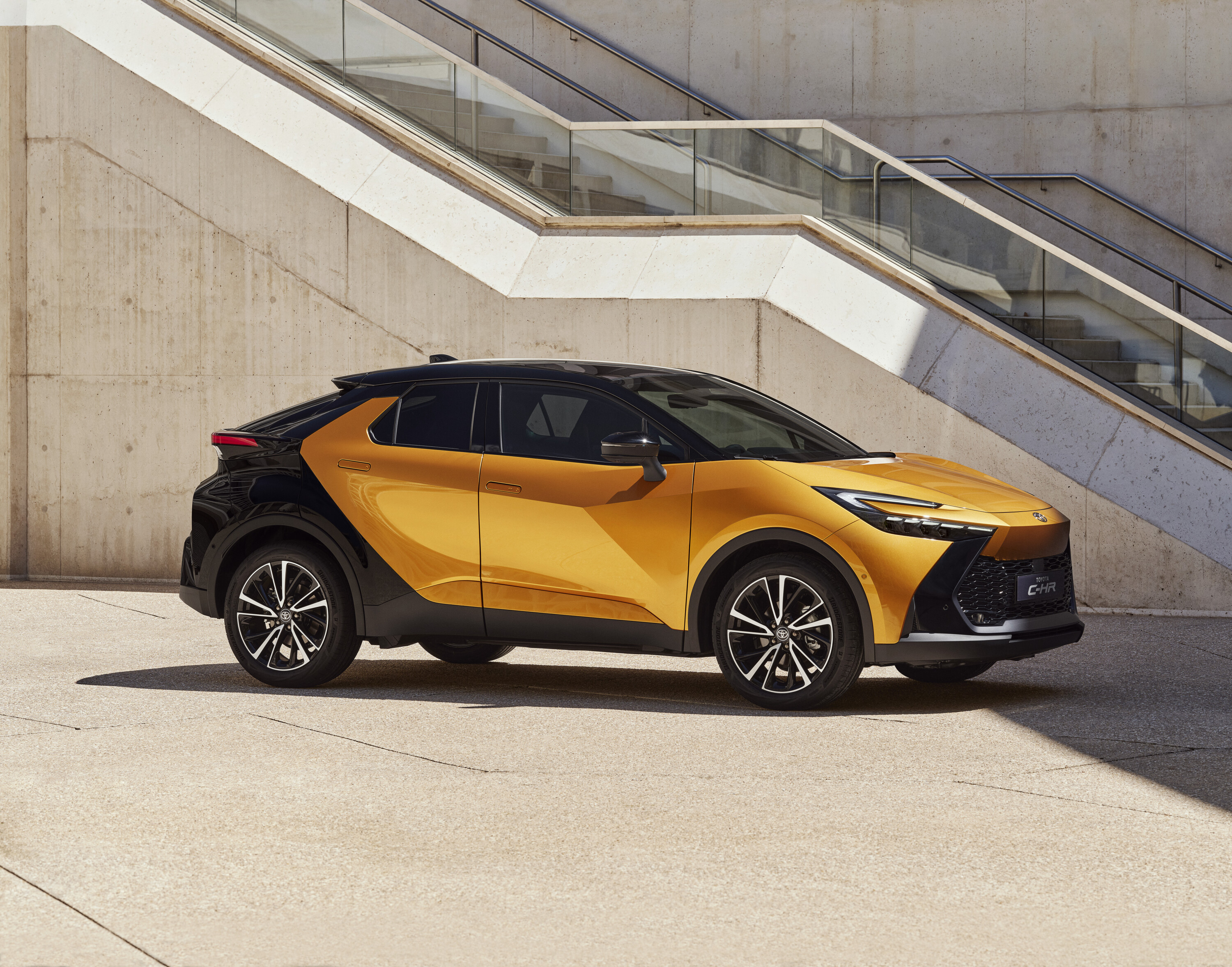
The 2024 Toyota C-HR small SUV has debuted in Europe before its Australian launch in the first half of next year.
Snapshot
- Second-gen 2024 Toyota C-HR small SUV unveiled
- Two hybrid-only powertrains for Australia
- Due here in the first half of 2024
Toyota Australia has confirmed the second-generation C-HR will be available with two electrified powertrains, including a flagship GR Sport with all-wheel-drive.
Petrol-only engines have been ditched globally for the new C-HR, while a plug-in hybrid version is confirmed for Europe – but it is unlikely to reach Australia as a Mitsubishi Eclipse Cross rival.
A Toyota Australia spokesperson said the current C-HR is sold-out, with customers – including recent order holders – encouraged to speak to their local dealer for more information about the new model.
The latest C-HR was designed and developed in Europe, where it’ll also be built. The spokesperson confirmed local examples will be manufactured in Europe – rather than Japan, where today’s model is sourced.
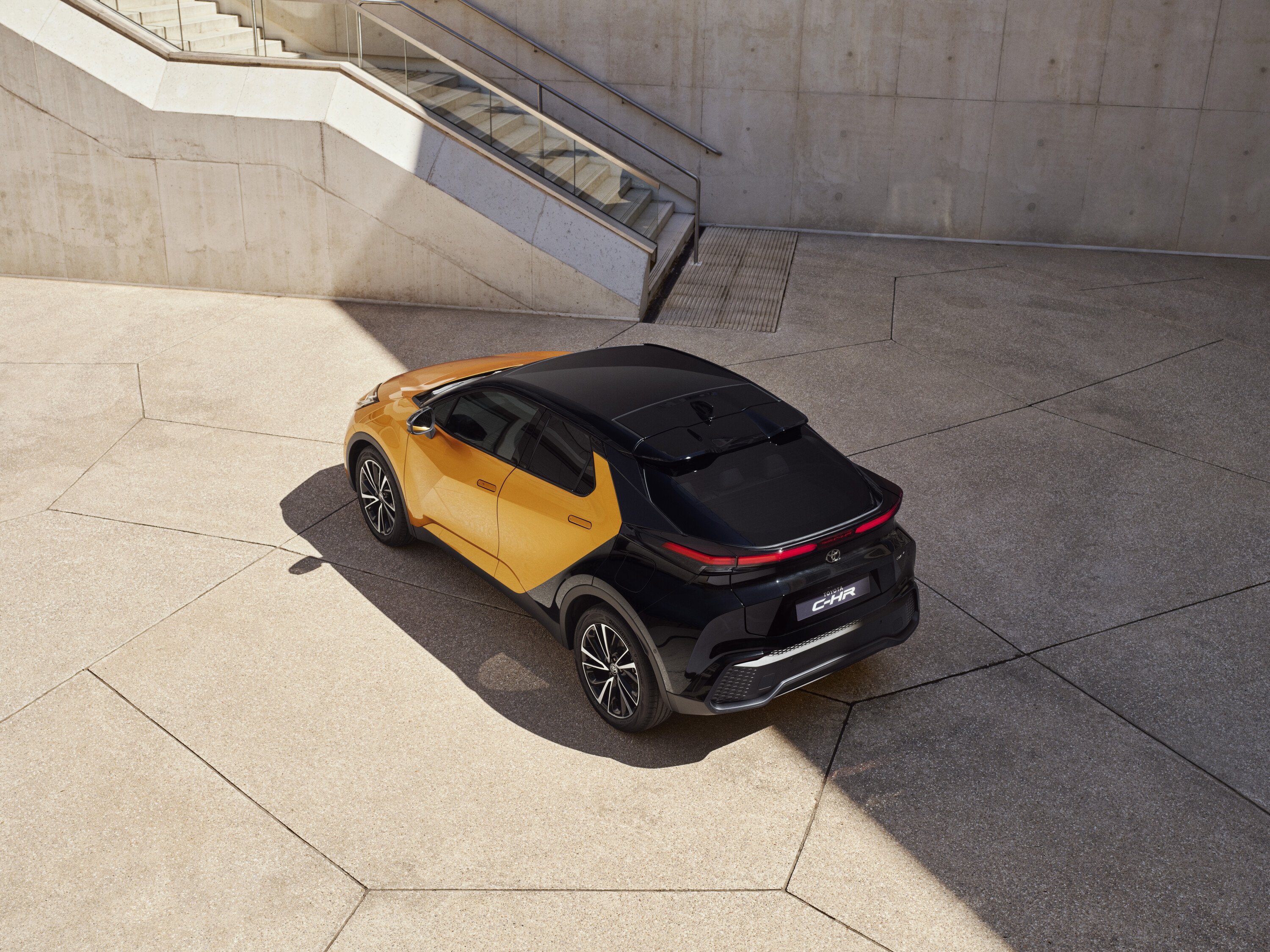
Under the skin, the new C-HR is built on evolved TNGA-C architecture, with similar powertrains and technology to the not-for-Australia Prius small car.
The new C-HR will be offered in three familiar variants in Australia, with a more-powerful 1.8-litre hybrid and front-wheel-drive for the GXL and Koba.
A 2.0-litre hybrid will feature in the range-topping GR Sport variant with all-wheel-drive.

The outgoing C-HR offered a 1.2-litre four-cylinder turbo-petrol or a 1.8-litre petrol-electric hybrid borrowed from the Corolla.
Last year, the hybrid powertrain accounted for 44.1 per cent of C-HR sales in Australia, split between the Koba (84 per cent) and GR Sport (16 per cent) grades.
Measuring 4360 millimetres long, 1830mm wide and 1558 to 1564mm tall, with a 2640mm wheelbase, the new C-HR is 30mm shorter than before – but it is 35mm wider and similar in height, with an identical wheelbase.
As a toned-down version of the C-HR Prologue concept unveiled in late 2022, the production version retains its two-tone look, with Toyota-first pop-out door handles and an LED light strip at the rear with illuminated red centre badging.
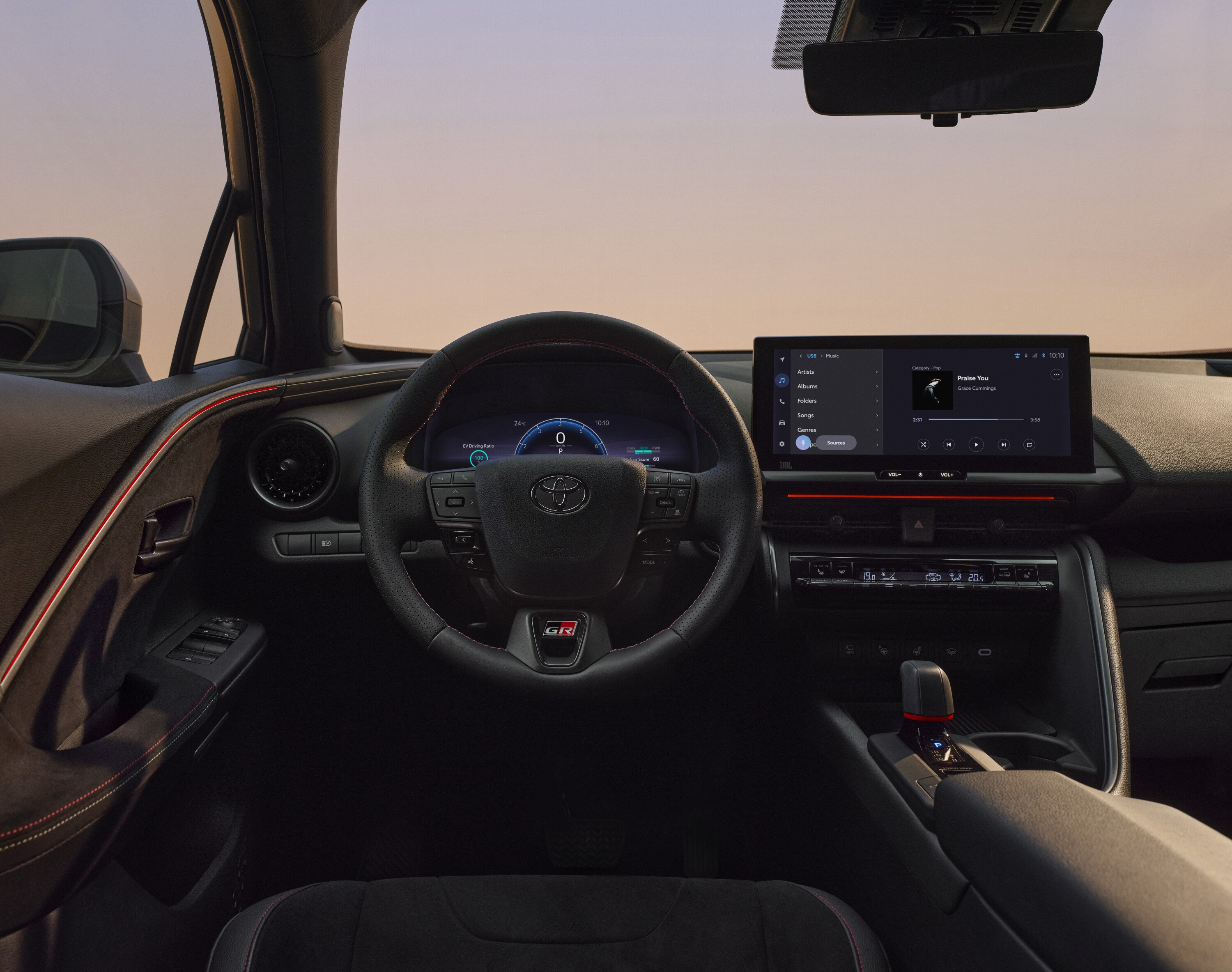
Inside, the C-HR has a 12.3-inch digital instrument cluster ahead of the driver and a freestanding 12.3-inch infotainment system.
A semi-digital instrument cluster and eight-inch infotainment unit are standard on lower grades, with all versions running Toyota’s latest software with wireless Apple CarPlay – but Android Auto remains wired-only for Australia.
It has a new-look steering wheel similar to the Prius and Crown, while the use of recycled plastics has doubled, with it now “used in more than 100 different parts,” including the seat upholstery.
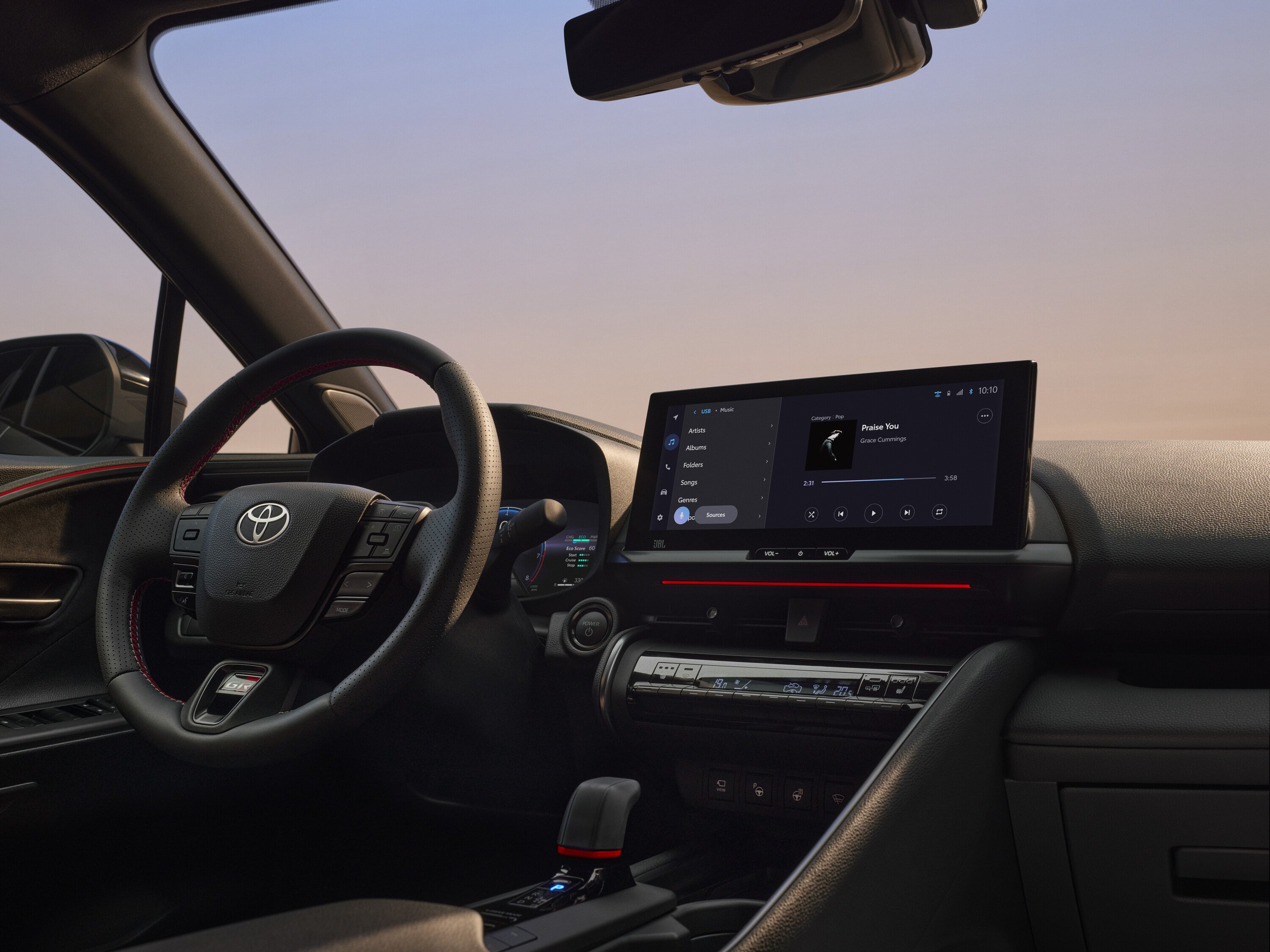
The panoramic sunroof is said to use an infra-red reducing cost that has allowed Toyota to delete the sunshade, saving five kilograms, adding 30 millimetres of additional headroom, and reducing the need to use the air-conditioning.
Under the skin, the C-HR’s hybrid system includes “fifth generation” electric components with a 4.08Ah lithium-ion battery and a new transaxle and power control unit.
The 1.8-litre hybrid available in the GXL and Koba produces 103kW in total – up 15 per cent – while the 2.0-litre system in the GR Sport introduces dual electric motors with all-wheel-drive and a 145kW total system output.
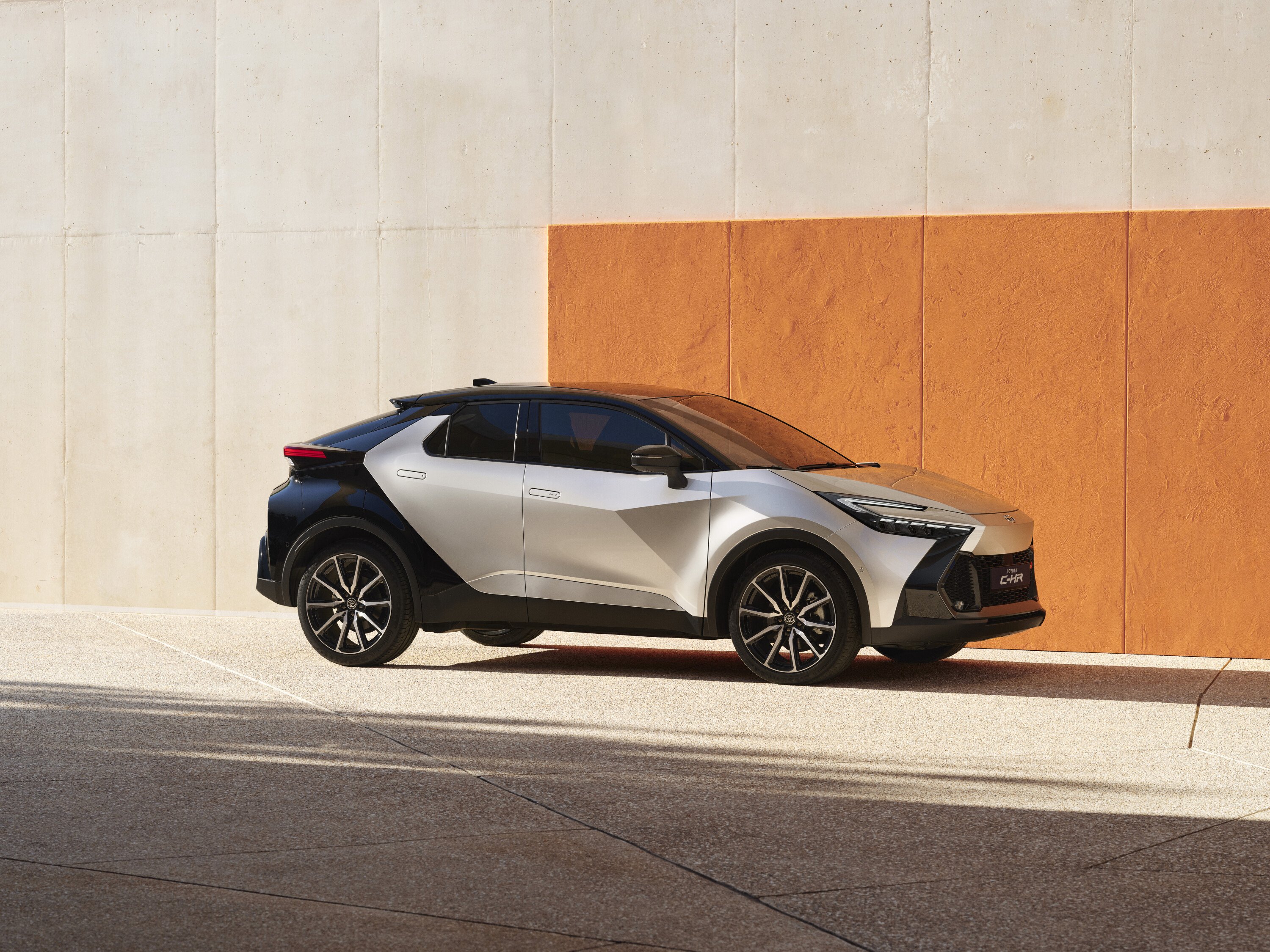
The flagship GR Sport variant features a unique G-mesh pattern grille, 19-inch alloy wheels (20-inch units available in Europe) and GR badging, while its cabin includes sports front seats with a GR logo embossed on the headrests.
Features available but yet to be confirmed for Australia include digital key support, 64-colour adjustable interior ambient lighting, an automatic parking function, adaptive LED headlights, a head-up display, and a JBL-branded audio system.
Newly-added active safety features include safe exit assist, proactive driving assist, automatic lane change assist, front cross-traffic alert, a driver monitoring camera, and traffic jam assist.
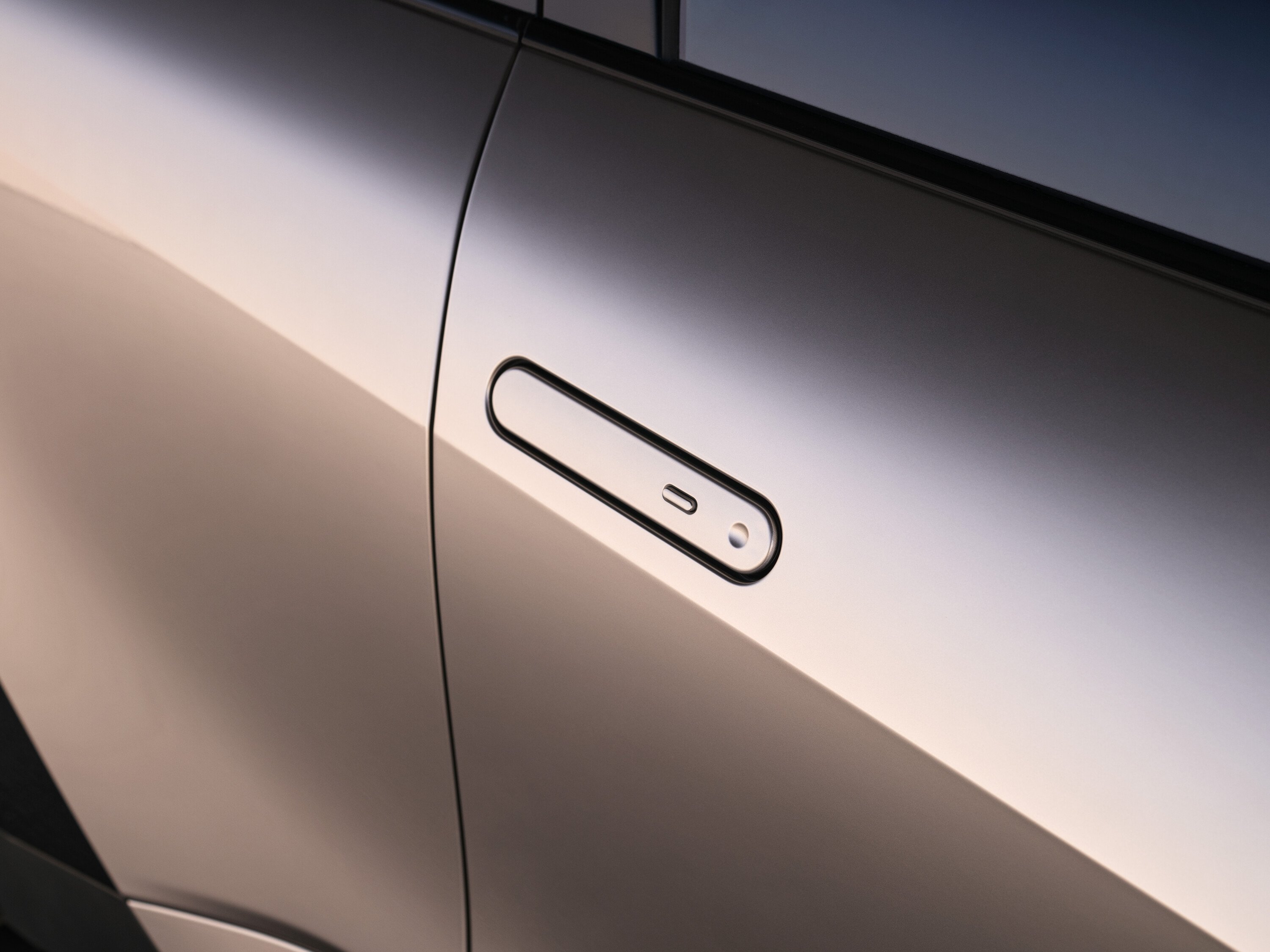
Toyota will release local specification details later, but it has confirmed that the C-HR will feature Toyota Connected Services technology, with a 12-month complimentary subscription likely.
The 2024 Toyota C-HR will arrive in Australia in the first half of 2024, with more local details to be announced in the coming months.
VFACTS new-car sales data reveals 1906 examples have been sold in Australia year-to-date, placing it at the lower end of the small SUV segment, behind rivals including the MG ZS (9823), Mazda CX-30 (4939), Kia Seltos (4283), Mitsubishi ASX (3859), Volkswagen T-Roc (3360) and Toyota’s own Corolla Cross (2302).
An all-electric small SUV similar in size to the new C-HR – potentially badged bZ3X – will debut later. It was previewed by the BZ Compact concept in 2022.
Toyota’s local arm has announced it will offer three all-electric vehicles in Australia in the next three years, including the soon-to-launch bZ4X medium SUV – but hybrid technology is still the main focus.
Following the bZ4X, Toyota Australia is tipped to confirm the production version of the BZ Compact SUV concept for our market, and another electric vehicle due within the next three years.
We recommend
-
 News
News2024 Toyota C-HR: New hybrid-only model teased ahead of June 26 reveal
Toyota has confirmed the second-generation C-HR small SUV will debut later this month
-
 News
News2024 Toyota C-HR: New model will be hybrid only
Toyota has confirmed the second-generation C-HR small SUV will be offered exclusively in hybrid form, with petrol-only engines ditched
-
 News
News2024 Toyota C-HR imagined: Can it stay this close to the concept's look?
Toyota's new C-HR will come to Australia, but how will it look? Maybe like this...




